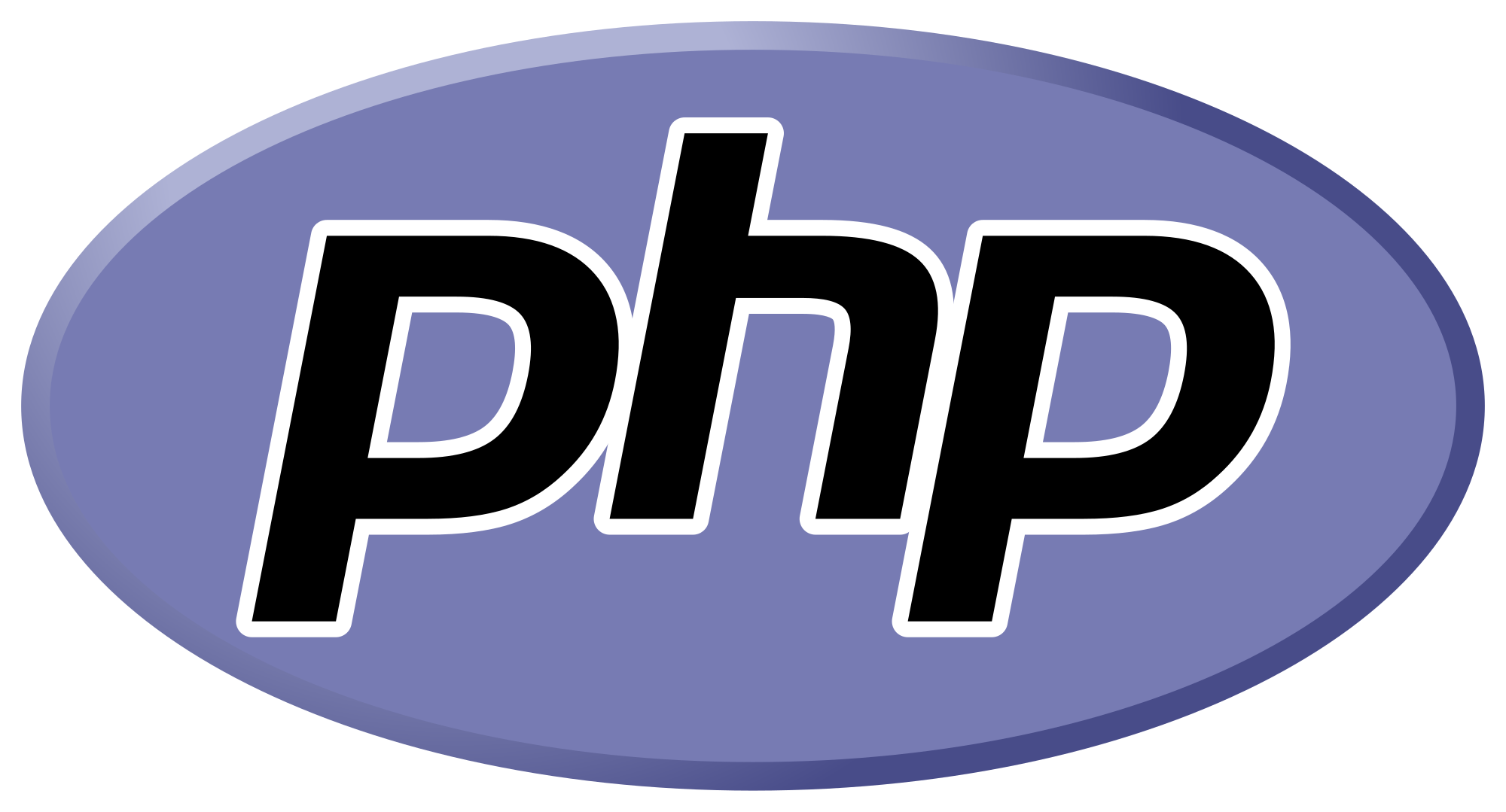PHP: Hypertext Preprocessor is a server-side scripting language designed for Web development, but also used as a general-purpose programming language.PHP is ruling the web app development world and it is one of the best and most favoured server-side programming languages known for its simple to use feature. PHP is known for its plethora of frameworks that help PHP web app developers by providing them integrated modules, a platform for creating robust web applications, reusable components, and allowing them quick development of web applications.
PHP frameworks also provide developers a basic structure with some integrated modules for developing robust web applications quickly. These PHP frameworks provide coding standards and developer guidelines by standardising the process and stabilises the product. Have a look at statistics for websites using framework technologies: (Source: Builtwith)
1. Laravel
Laravel is one of the best and complete PHP framework created to quickly build web applications using the MVC architecture. Laravel is currently one of the most popular PHP frameworks, with a huge developer community.
It contains many specific packages, the lightweight Blade template engine, unit tests, ORM, a packaging system, RESTful controllers, and now Laravel is the only framework to introduce routing in an abstract way.
Queue management is also a feature which allows and handles background tasks and then logs activity for all developers while tasks are normally being performed on the frontend. Packages can be easily added with Laravel’s robust Composer built-in. It integrates with Gulp and Elixir so that all npm packets and bower packets can be called directly via ssh.
One of the best things that Laravel handles well is the NoSQL structures like MongoDB or Redis. It’s easy to get started with Laravel thanks to its complete documentation, popularity, and Laravel Udemy: the popular videos and tutorials to introduce PHP developers to Laravel.

2. Codeigniter
CodeIgniter is an ideal PHP framework for rapid web application development. It is light in weight and simple to use a framework, with a small user base that can be installed simply by downloading it directly to your host. No special command line or software installation is needed. Download all the associated files and you are ready to go.
Building full web applications is an easy task with its small learning curve and many user libraries. Speaking of development, Codeigniter’s extensive documentation, and its community is vast and very useful. CodeIgniter is supported by an academic university as well: the British Columbia Institute of Technology, which will help in making sure about its development and growth.
From the features point of view, Codeigniter provides many built-in libraries for unit testing, form validation, email, sessions, and much more! If you can not find the library you are looking for, it is also very easy to create your own library and share it with the developer community.
Symfony has long been known as a very stable, powerful, well-researched and modular project. Symfony is supported by the French SensioLabs and has been developed by them and its developer community has made it a fantastic framework.
Symfony is used by many large corporates like the BBC and Open Source projects such as eZpublish and Drupal. Symfony has been written by designing and keeping its stability in mind in a very professional manner. Its documentation is vast and its developer community is equally vast. Building both of the two performance REST APIs, as well as completing web applications.
If you choose the Yii PHP framework you are giving a boost to the performance of your website because its performance is faster than other PHP frameworks because it largely uses the lazy loading technique. Yii is purely object-oriented, and it is based on the Do not Repeat Yourself(DRY) encoding concept, so it provides you with a clean, logical code base.
Yii is built into jQuery and comes with a set of AJAX features, and it implements an easy-to-use skinning and theme mechanism, so it can be a great choice for someone who comes from a background of frontend development. It also has a powerful class-code generator called Gii which facilitates object-oriented programming and rapid prototyping and provides a web-based interface that lets you interactively and generating the code you require.
5. CakePHP
CakePHP is an ideal PHP framework for beginners and quickly-growing commercial web applications. It comes with code generation and scaffolding functionality to speed up the web development process while bringing many packages to take care of some of the common features.
It’s having MVC conventions which help developers in guiding them in their development process. Configuration is also child’s play as it eliminates the need for complicated XML or YAML configuration files. Builds are quick and provides security features which includes ways to prevent CSRF, SQL Injection, XSS and tools required for validation of form.
CakePHP is in active development with good documentation and many support portals to get you started. Premium Support is also an option for developers who choose to use CakePHP by using the Cake Development Corporation.










